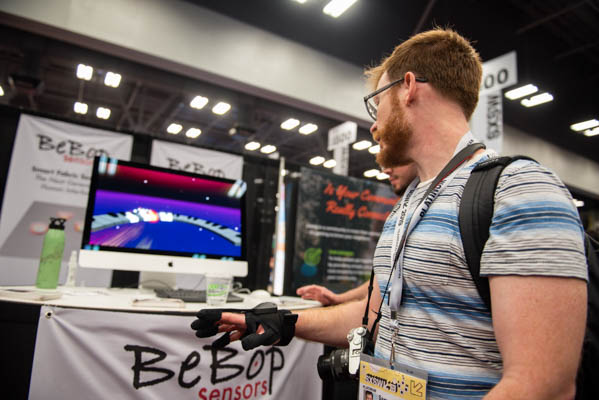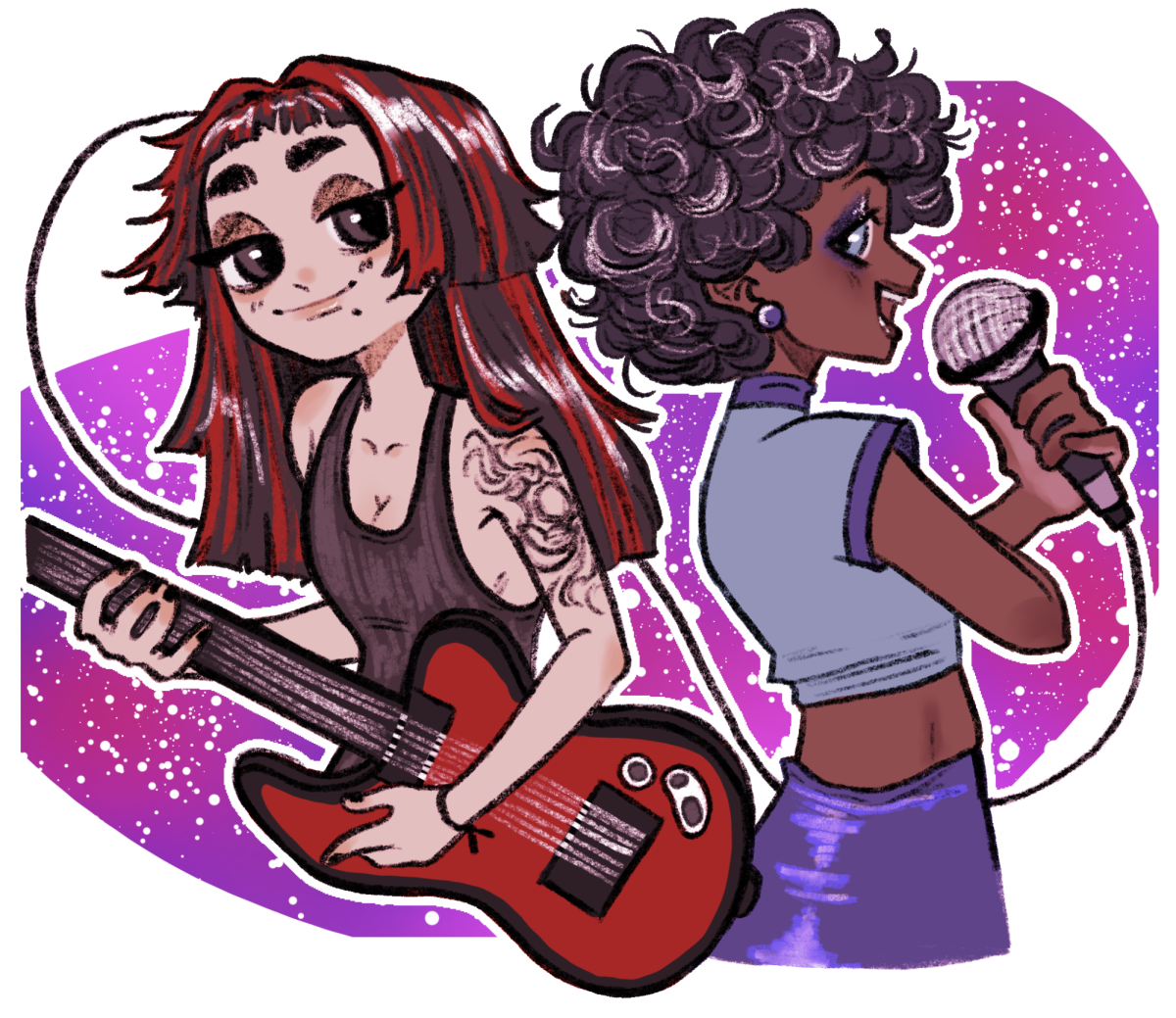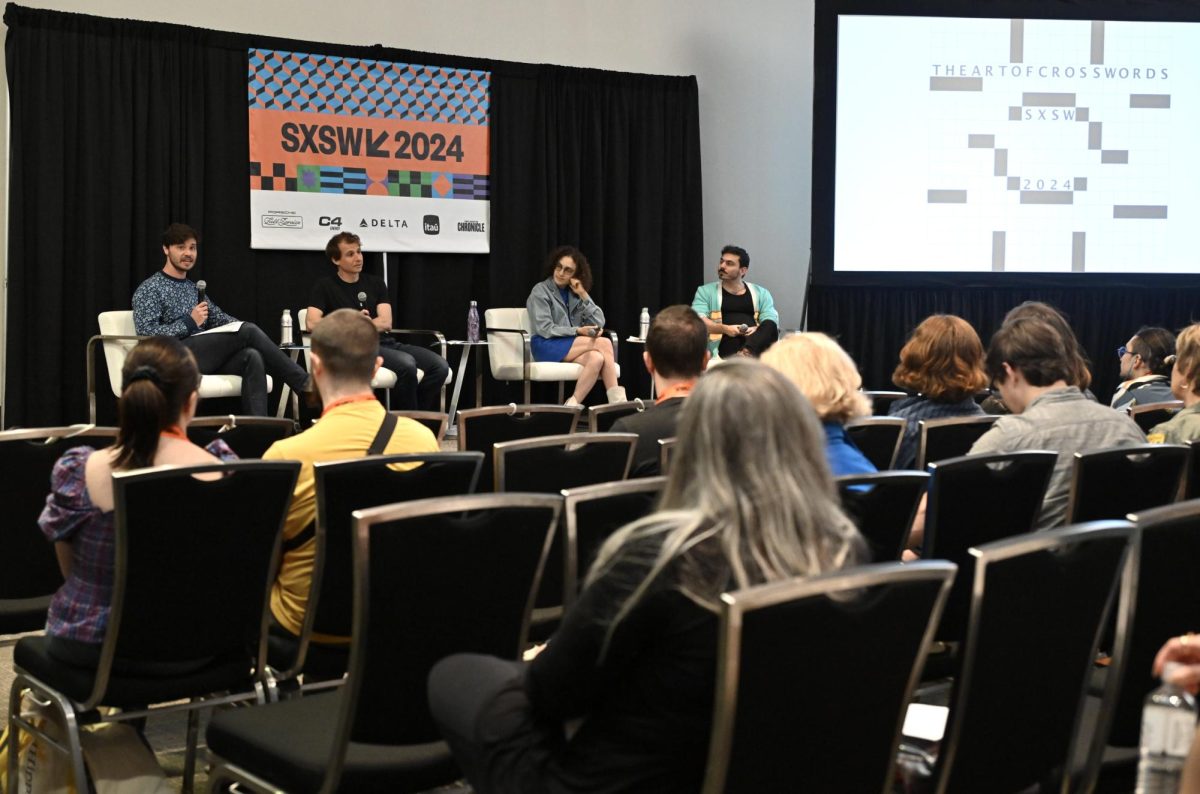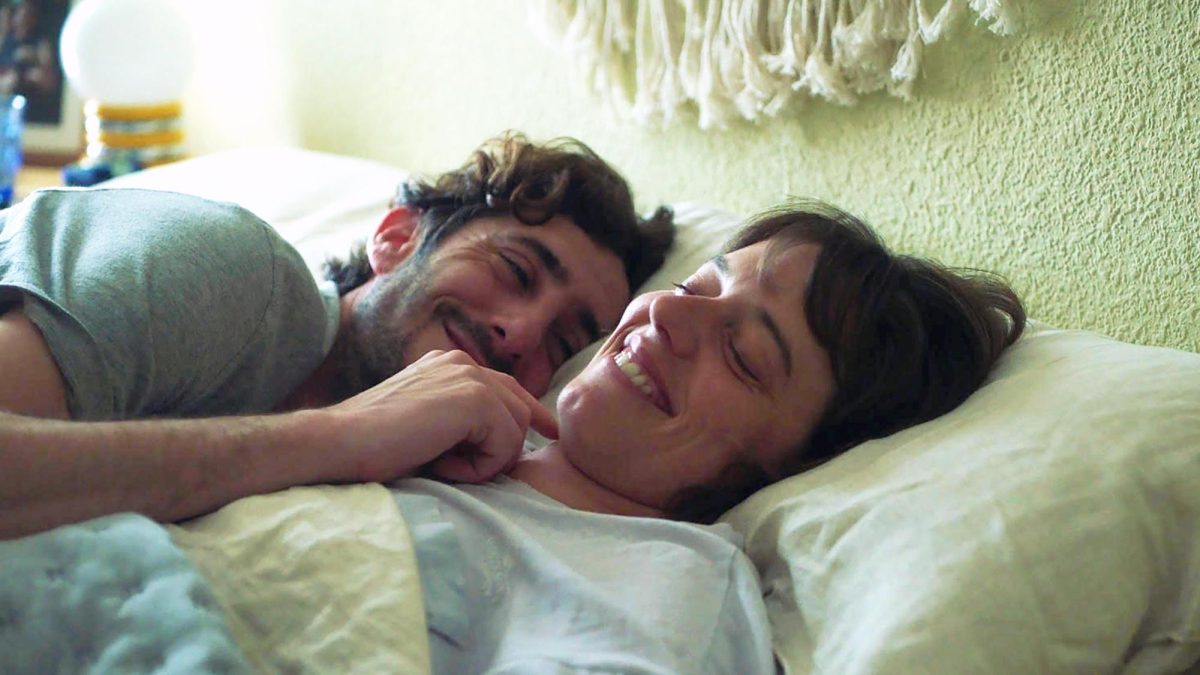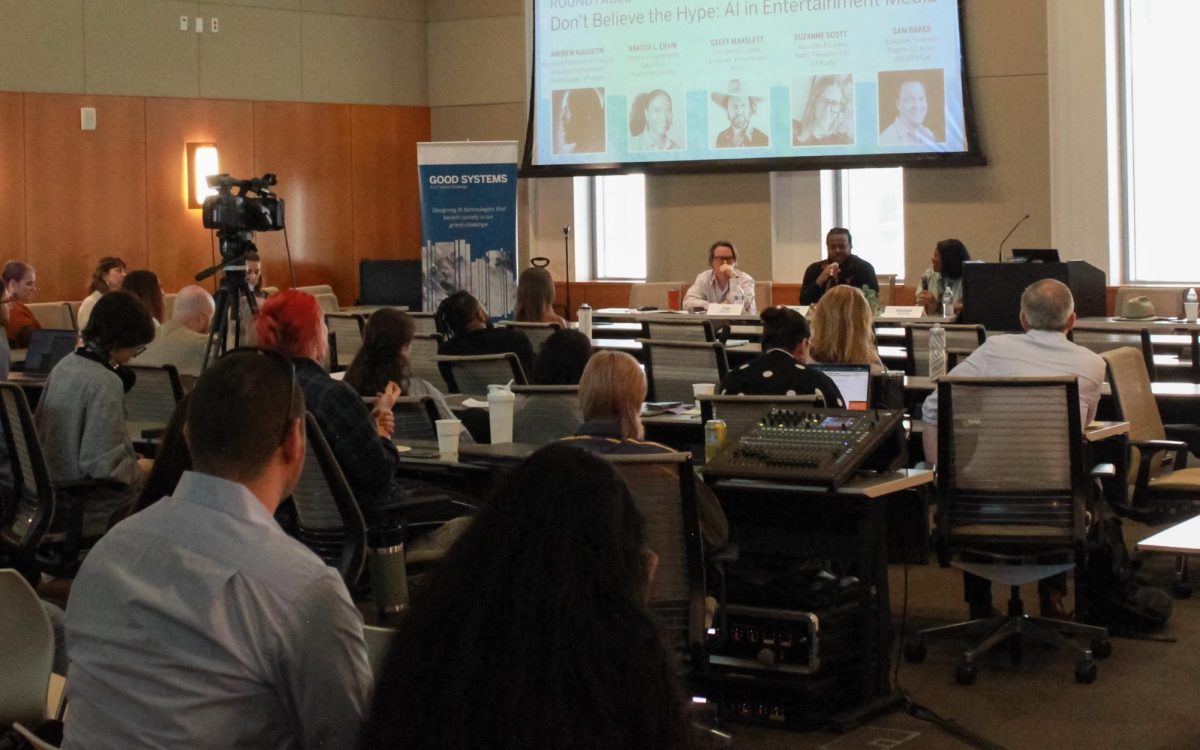SXSW visitors gathered around a table in the trade show center, waiting to try on what appears a simple, black glove. Little did they know, the glove provides an immersive experience with the digital environment pictured on the screen before them.
Five years ago, California-based company BeBop Sensors began using smart fabric to create sensors that detect pressure. At SXSW, they showcased their forte data glove, which has these sensors detecting finger bends embedded within and includes haptic feedback in the fingertips to allow the user to physically sense what the glove interacts with.
CJ Wheelock, BeBop’s business development manager, said the company’s goal is to provide a familiar intersection between the computing and real world through the use of fabric.
“Fabric is a natural, comfortable medium that we’re already used to interacting with,” Wheelock said. “It’s a lot more friendly than a cold, LCD screen or a rigid senor.”
One way this interface appears in BeBop’s work is through their creation of a car seat with embedded sensors. Wheelock said the sensors detect the type of person — adult or child — sitting and their seating position so the car can know whether or not to deploy the airbag.
Wheelock said this was a great example of what Bebop intends to do through their sensors.
“Giving objects more intelligence through a physical interaction is really where we shine,” Wheelock said.
Additionally, the company hopes to use the glove in enterprise training environments. Wheelock said this way, companies can provide a realistic training environment and avoid problems like putting a new hire in a potentially dangerous environment or pulling a supervisor from work to train someone.
“Putting someone in the environment (and) having them do tasks is going to increase the training time drastically,” Wheelock said. “We want to help enable that and have user interaction improved through that.”
Wheelock compared their company to others that use controllers for performing in a sensory environment. He said although cameras give the user something to hold onto, the area for sensors ends at the wrist.
“We’re enabling natural hand movement and allowing haptic feedback to provide an immersive environment saying, ‘I touched that object. I’m moving that object,’” Wheelock said. “It creates a better sensation for the user, which increases retention.”
Multiple SXSW visitors had this experience, including Kjetil Løyning who works in the public sector visiting from Norway.
“I felt that I could interact more with the game,” Løyning said. “I’m coming from the health sector, so I thought it would be suitable for rehabilitation for patients.”
Despite these benefits, Wheelock said the company does face challenges, including the lack of the ability to track depth and difficulty building a platform. Wheelock said the company even thought gaming could be a possible field for them but with virtual reality’s newness, this posed problems.
“The price points in gaming are challenging,” Wheelock said. “Virtual reality hasn’t grown in gaming, as well.”
However, Wheelock recognizes technology’s growth and said technology and virtual reality depend on public use. Through this knowledge, Wheelock said BeBop plans to explore ways in making technology use as natural as possible.
“We don’t want to feel like we’re using a tool,” Wheelock said. “We want to feel like we’re actually there.”



